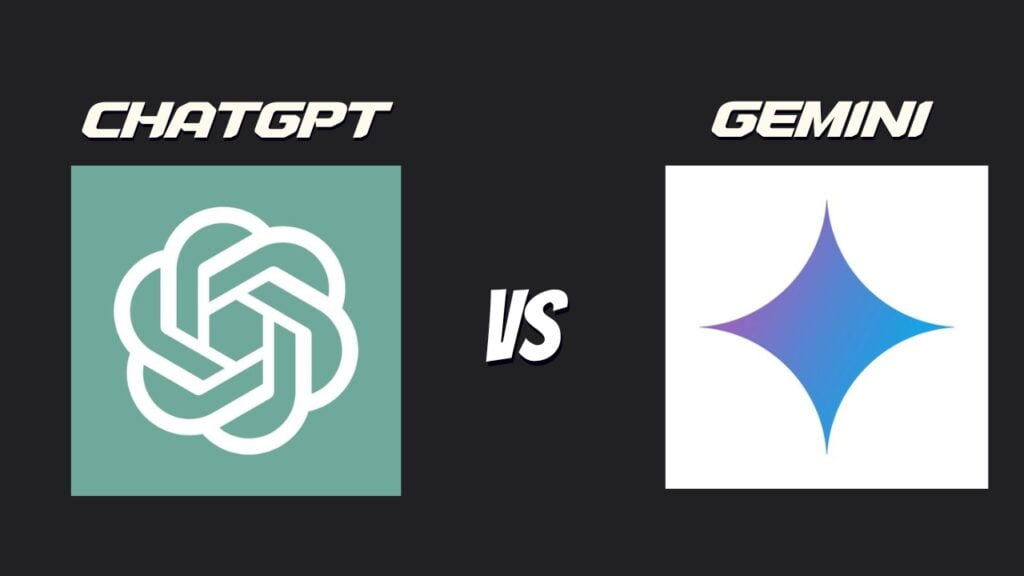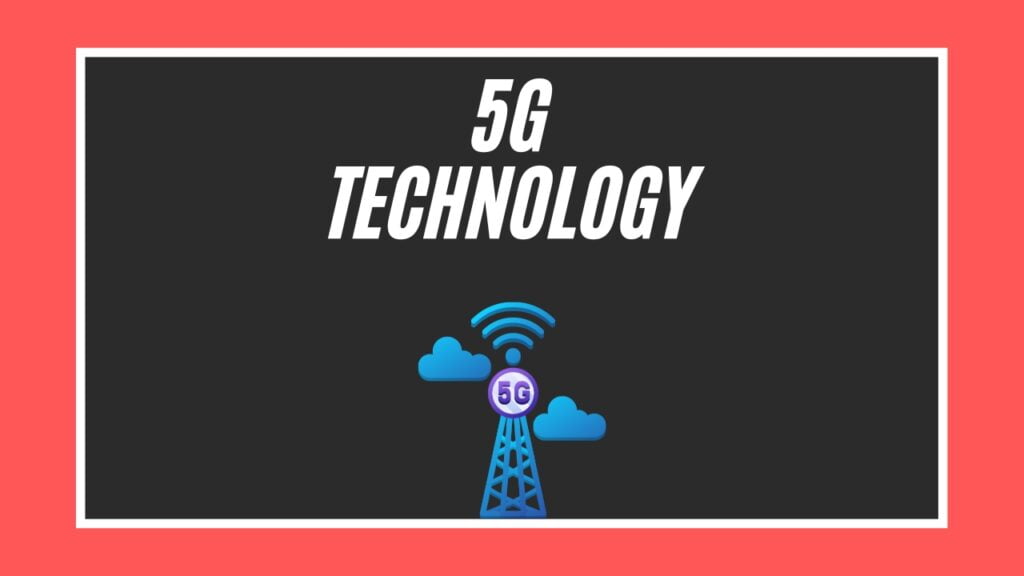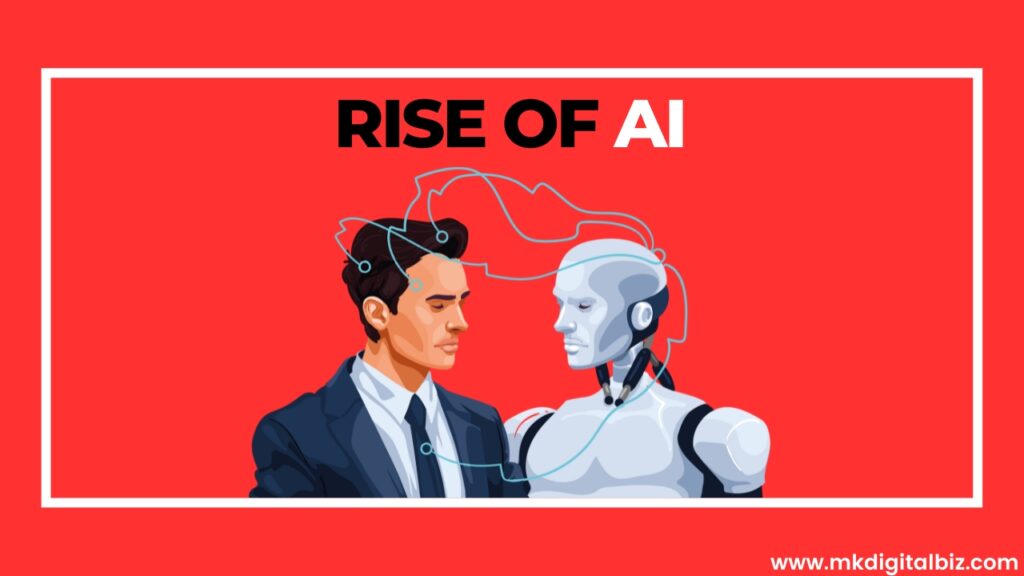Bitcoin (BTC) is a special kind of decentralized digital money called a cryptocurrency. It's designed to work like regular money that you can use online.
The price of 1 bitcoin in 2023 is approximately 26000 US dollars.
It was created in 2009 by an unknown person or group using the pseudonym Satoshi Nakamoto and introduced as open-source software.
To understand the concept of bitcoin, you need to go through these points:
- What is Bitcoin?
- How Bitcoin works
- Bitcoin mining
- Security and Privacy of Bitcoin
- Bitcoin Impact and Future
What is Bitcoin?
Bitcoin is a form of digital money that allows people to send and receive payments over the internet. It's built on a technology called blockchain, which is a distributed and immutable ledger that records all transactions in a secure and transparent manner.
Bitcoin operates on a decentralized peer-to-peer network, which means that it is not controlled by any central authority like a government or financial institution.
Early Days of Bitcoin
In October 2008, someone named Satoshi Nakamoto, who might have been a single person or a group, used a made-up name to share an idea on a website called Cryptography Mailing List.
They said they were working on a new way of using money online that doesn't need a middleman to work.
On January 3, 2009, the first block of Bitcoin was created, called Block 0. This is like the "beginning block," and it has a message in it: "The Times 03/Jan/2009 Chancellor on brink of second bailout for banks." This message shows that the block was made around that time, and it might also be about a big decision in politics. This event is a big deal because it changed the way things went for Bitcoin.
How Bitcoin works

Here's a simplified step-by-step explanation of how Bitcoin works:
1. Digital wallet creation
You start by creating a digital wallet. This wallet generates a pair of keys: a public key (like an address) that you share with others, and a private key (kept secret) that you use to access and manage your Bitcoin.
2. Sending Bitcoin
When you want to send Bitcoin to someone, you create a transaction in your wallet. You specify the recipient's public key and the amount you want to send.
3. Broadcasting the Transaction
Your transaction is broadcast to the Bitcoin network. This network consists of computers (nodes) around the world that work together to verify and record transactions.
4. Transaction Verification
Miners in the network collect transactions and compete to verify them. They solve complex math problems, which requires a lot of computational power. The first miner to solve the problem gets to verify the transactions.
5. Block Addition
Once a miner verifies transactions, they create a new block containing these transactions. This block is added to the existing chain of blocks (the blockchain) in a specific order.
6. Consensus
Other nodes on the network verify the new block to ensure its accuracy. If most nodes agree that the block is valid, consensus is reached, and the block becomes a permanent part of the blockchain.
7. Mining Reward
As a reward for their efforts, the miner who successfully added the block receives new Bitcoin that's created as part of the system. They also collect any transaction fees associated with the transactions in the block.
8. Decentralization and Security
Because the blockchain is distributed across many computers, it's highly secure and resistant to tampering. Each block links to the previous one, creating a chain that's nearly impossible to alter without changing every subsequent block.
9. Ownership proof
Your private key is used to sign the transaction, providing cryptographic proof that you're the owner of the Bitcoin you're sending. This prevents anyone else from spending your Bitcoin.
10. Global peer-to-peer transactions
This process repeats every time someone sends Bitcoin. The blockchain keeps a record of all transactions, ensuring that you can't spend the same Bitcoin twice.
Bitcoin Mining
Bitcoin mining is the process by which new bitcoins are created and added to the circulating supply, as well as the process through which transactions are verified and added to the blockchain. It's a crucial component of the Bitcoin network's security and operation.
Here's an explanation of how Bitcoin mining works:
1. Transaction collection
As users send Bitcoin to each other, these transactions are broadcast to the entire Bitcoin network.
2. Transaction verification
Miners collect and bundle these transactions into blocks. Each block can contain a certain number of transactions. The miners' goal is to verify the validity of these transactions.
3. Proof of work
To add a new block of transactions to the blockchain, miners must solve a complex mathematical puzzle. This process is known as Proof of Work (PoW). The puzzle is designed to be difficult and requires significant computational effort to solve.
4. Minig competition
Miners around the world compete to solve the puzzle. They use powerful computers to make numerous attempts to find the correct solution. The first miner to solve the puzzle gets the right to add the next block to the blockchain.
5. Block Addition
Once a miner solves the puzzle, they broadcast the solution and the new block to the network. Other nodes verify that the solution is correct and that the transactions within the block are valid.
6. Reward and fees
As a reward for successfully adding a block, the miner receives a specific number of newly minted bitcoins. This serves as an incentive for miners to dedicate their computational resources to securing the network. Additionally, the miner may also collect any transaction fees associated with the transactions in the block.
7. Difficulty adjustment
The Bitcoin network adjusts the difficulty of the puzzle approximately every two weeks. This adjustment ensures that blocks are added to the blockchain roughly every 10 minutes, regardless of changes in the total computational power of the network.
8. Halving
About every four years, the reward that miners receive for adding a new block is halved. This event is known as the "halving." The most recent halving took place in May 2020. This reduction in mining rewards is programmed to occur until the maximum supply of 21 million bitcoins is reached.
Security and Privacy of Bitcoin
Security
Bitcoin operates on a decentralized network of nodes and miners. This means that there is no central point of control, making it resistant to single points of failure and attacks.
Cryptography: Bitcoin transactions and wallets rely on strong cryptographic techniques. Public and private keys are used for authentication, and transactions are signed to prove ownership.
Immutability: Once a block is added to the blockchain, it is extremely difficult to alter. This immutability prevents unauthorized changes to the transaction history.
Hashing: Each block contains a cryptographic hash of the previous block, creating a chain. This linkage further secures the blockchain, as changing a single block would require changing all subsequent blocks.
Privacy
Bitcoin transactions do not reveal the identities of the parties involved; instead, they use pseudonyms (public keys). This adds a degree of privacy to transactions.
Privacy tools: Various tools and techniques have been developed to enhance privacy on the Bitcoin network. For example, CoinJoin allows multiple users to combine their transactions, making it difficult to trace individual transactions.
Wallet Privacy: Modern Bitcoin wallets are designed with privacy in mind. They generate new addresses for each transaction and implement encryption measures to protect private keys.
Lightning network: This layer-2 scaling solution for Bitcoin allows for faster and more private microtransactions off-chain.
As the cryptocurrency landscape evolves, so do discussions around improving both security and privacy aspects to address the needs and concerns of users and regulators.
Bitcoin Impact and Future
Impact
Bitcoin has had a significant impact on the world of finance, technology, and even broader societal discussions. Its future is a topic of ongoing debate and speculation.
Bitcoin is often referred to as "digital gold" due to its limited supply (21 million coins) and potential to store value over time. Some investors view it as a hedge against traditional financial systems and inflation.
Bitcoin brought attention to the concept of decentralization, sparking discussions about the potential to decentralize other areas of society beyond finance.
Future
Mainstream Adoption: Bitcoin could become more widely accepted as a means of payment, potentially coexisting with traditional currencies. However, for this to happen, scalability and regulatory challenges need to be addressed.
Institution participation: Institutional investors, including hedge funds and corporations, have shown growing interest in Bitcoin. Increased institutional participation could further legitimize and stabilize the market.
Regulatory evolution: Bitcoin's legal and regulatory status is still evolving in many jurisdictions. Governments might develop more comprehensive frameworks for cryptocurrency regulation.
Bitcoin's impact on traditional financial systems and central banks is a topic of debate. Depending on adoption rates, it could influence how monetary policies are formulated and implemented.
It's important to note that the future of Bitcoin is uncertain and subject to technological, regulatory, and market developments. While Bitcoin has shown resilience and longevity since its inception, it remains an experimental and evolving technology. As with any investment or technology, it's advisable to stay informed, do your research, and consider the risks before getting involved.









